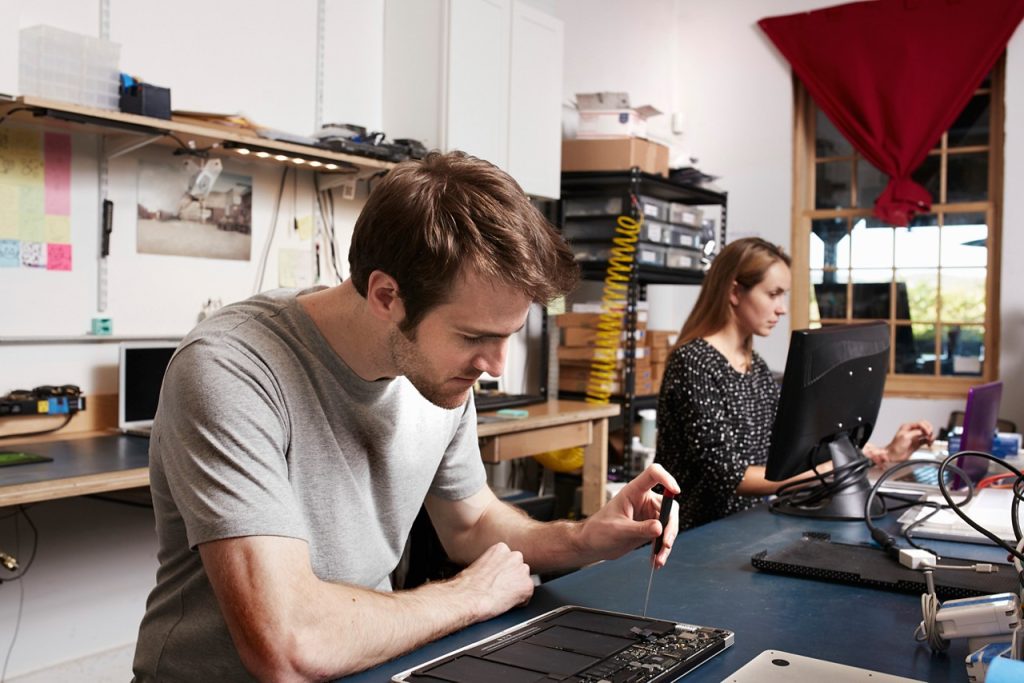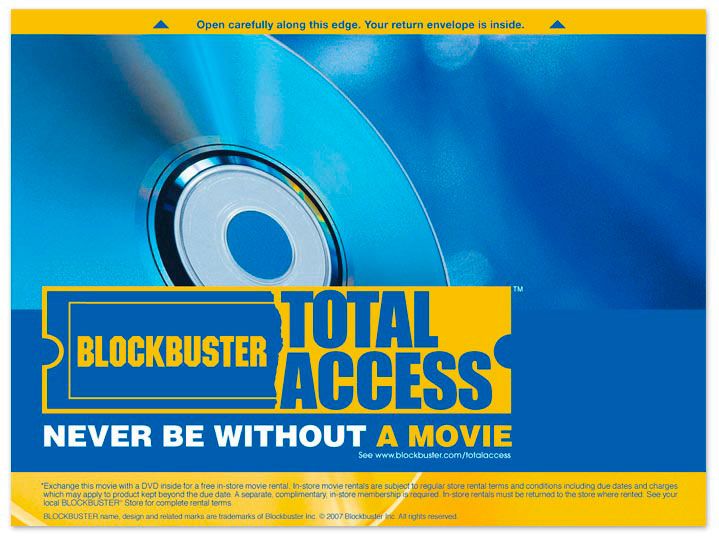Reducing Costs with Microsoft Windows Autopilot
Microsoft Windows Autopilot presents a modern approach to minimizing expenses related to device provisioning and deployment. This solution has enabled Dell to provide services like Connected Provisioning, thereby enhancing the experience for end-users and accelerating the time it takes to derive value from new devices.
Addressing Repair Challenges for PC Manufacturers
 However, Autopilot has introduced complications for PC manufacturers regarding repairs. Most original equipment manufacturers (OEMs) opt for refurbished components to lower costs and minimize waste, but Autopilot’s dependency on device identity (derived from motherboard parts) complicates this. A common point of confusion lies in who is responsible for de-registering the device identity.
However, Autopilot has introduced complications for PC manufacturers regarding repairs. Most original equipment manufacturers (OEMs) opt for refurbished components to lower costs and minimize waste, but Autopilot’s dependency on device identity (derived from motherboard parts) complicates this. A common point of confusion lies in who is responsible for de-registering the device identity.
The Importance of De-registering Device Identity
Microsoft designed the system so that customers would de-register the device when it was decommissioned or when its motherboard was changed. However, many customers do not view a motherboard replacement as altering the device, especially since the OEM serial number remains unchanged.
What Happens When Devices Are Not De-registered?
If Customer 1 fails to de-register the Autopilot identity of Motherboard 1 after it is taken out from PC1, that identity remains until it is de-registered by someone else. The registration details are held within the Autopilot cloud infrastructure rather than on the motherboard itself, allowing the link to persist despite refurbishment. Previously, Customer 2 had to contact Microsoft through Intune to request de-registration, providing proof of ownership for PC2, which could take several days.

In response to these issues, Microsoft worked with OEMs to develop an EFI marker-based solution, but this was short-lived. The release of Autopilot (v2) aims to rectify these challenges.
Dell’s Solutions for Improved Customer Experience
In light of customer feedback regarding slow turnaround times for Microsoft’s support, Dell sought to take more initiative. Consequently, two key solutions have been implemented to enhance customer experience:
-
- Automatic De-registration: This feature ensures that identities linked to devices with replaced motherboards are routinely de-registered without requiring customer action or access to their systems. This advancement greatly diminishes the chances of customers receiving a replacement motherboard that is blocked.
- Enhanced Support: Dell support teams can now assist customers more effectively by confirming if a service tag corresponds to the customer they are speaking with, thus eliminating the need for ownership verification. Customers need only provide the motherboard serial number, easily retrievable through our BIOS diagnostics.
Simplifying Repairs for Autopilot-Enabled Systems
These enhancements are particularly effective for de-registering devices when the original motherboard is substituted. Upon repair, motherboards receive a new Windows license key, which alters the hardware hash. To use a repaired device (with a new motherboard) within Autopilot, customers must capture the updated hardware hash and upload it via Intune for registration. Microsoft has clarified that only customers can de-register systems registered in this manner, either via Intune or through Microsoft, which will require the hardware hash for this action.
Dell’s Recommendation for Customers
Whether a device undergoes repair or reaches its end of life, Dell advises customers to de-register the Autopilot identity prior to releasing the device or motherboard. This practice helps maintain accurate Entra ID device records and ensures that devices do not remain linked to your environment after ownership changes.



